Véu de Xisto Branco
<< Previous wine Next wine >>For nearly two decades, Luís Seabra has been at the center of a cultural shift in Portuguese winemaking, leading a movement of young, independent winemakers making history by reclaiming historical vineyards, grape varieties, and techniques. Seabra is dedicated to proving that fresh, elegant, terroir-driven still wines can be made in the Douro Valley. His fundamental understanding of soil coupled with his philosophy of minimal intervention in the vineyard and winery have launched him into the international eye as a leader of the New Portugal; according to Eric Asimov, he “is now making some of Portugal’s most compelling wines, both white and red.” Luís Seabra works with old vineyards because he believes that old vines are more resilient and well-equipped to handle the region’s intense weather; this makes them the best candidates to faithfully communicate special terroirs. When he started his solo project in 2013, he created the “Cru” series of wines, which revolve not around grape varieties, but vineyard sites. In Seabra’s own words: “we did this to show how we can put the place in the bottle.”
WHAT MAKES THIS WINE UNIQUE?
Véu de Xisto Branco is produced in the traditional sur voile technique, which is famous in France’s Jura region and, closer to home, in the Sherry cathedrals of Spain. A highly unusual technique to find in Portugal, this wine was made only once and only 890 bottles were produced.RATING HISTORY:
2015 94W&SGRAPE:
70% Rabigato, 20% Gouveio, 10% Códega. Sustainably grown vines planted in 1998 tended in mica schist soils at 1,800-foot elevation. This is a vegan wine.VINIFICATION AND AGING:
The grapes are harvested, crushed and destemmed, then pressed and decanted for a cool fermentation with indigenous yeast into two used French oak barrels of 500 liters, originally from Jura. The wine remains in barrel on its lees with no batonnage for 3 years, after which it is racked into stainless steel, where it rests for 2 years. The barrels are never topped up, and the growth of a veil of flor is encouraged during its time in barrel. This wine goes through full malolactic fermentation. The total aging is 5 years before it was bottled in 2020.LOCATION, SOIL, CLIMATE:
Vineyards are located in the Douro Valley, near the village of Mêda in the Douro Superior subregion. The entirety of this wine comes from a single, 0.3 Ha vineyard called “Capela,” or chapel. The Douro Valley is very long, and has a diverse climate from east to west, with intense heat coming from the continent but ranging dramatically depending on proximity to the river and to the Atlantic.TASTING NOTES:
The wine is rich and generous, showcasing classic flavors of the influence of flor. Expect fresh almond, dry honey, and even exotic spice and curry flavors along with the gentle umami and salinity from the biological aging.ALCOHOL CONTENT:
14%UPC CODE:
5600790052101_x000D_Love this wine?
We'll keep you in the loop about special edition cases, recipes to pair, winemaker events and more.
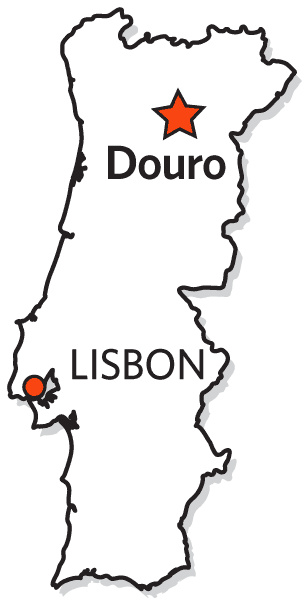 Mailing List
Mailing List



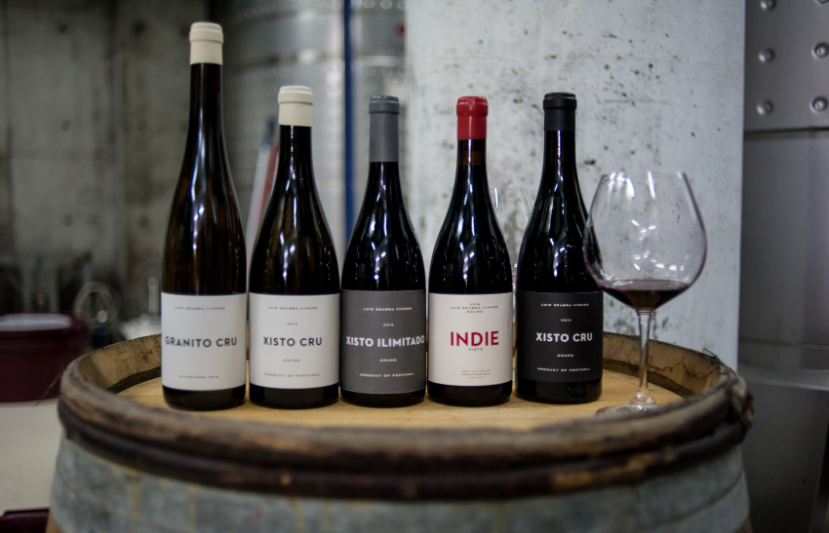
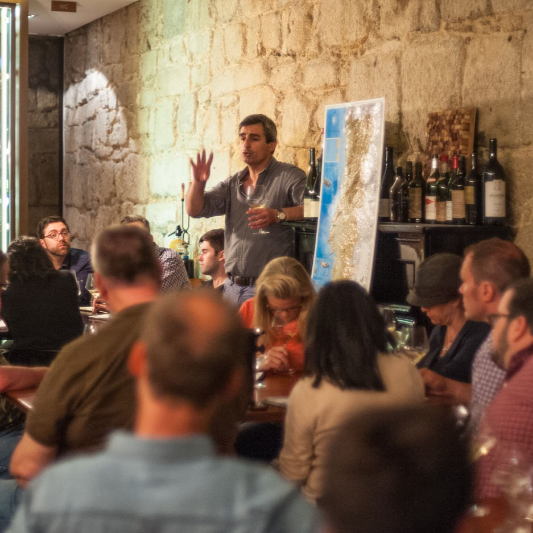
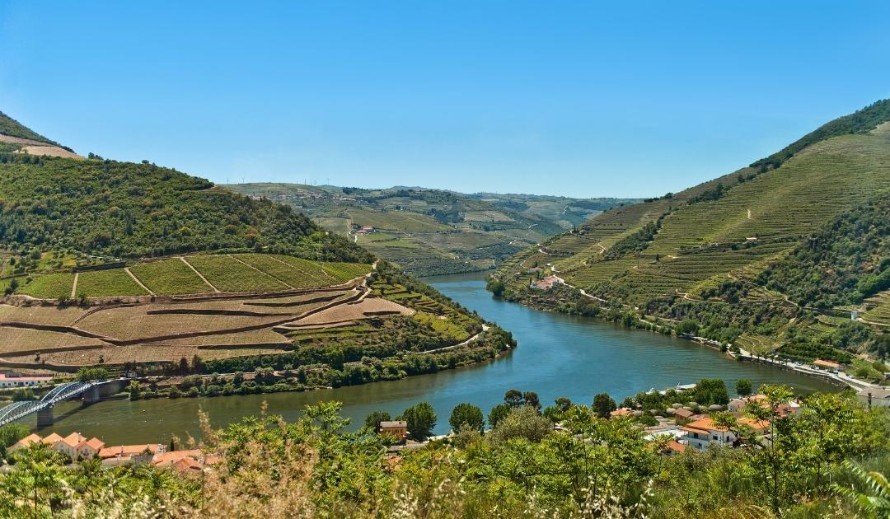
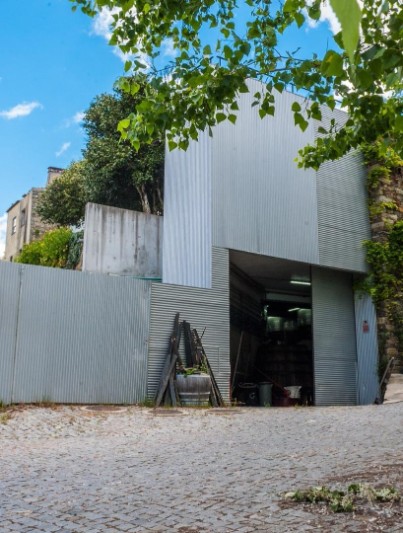
 Luís Seabra Winemaker bio
Luís Seabra Winemaker bio